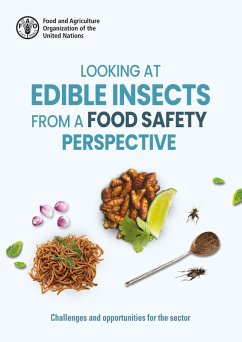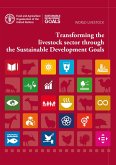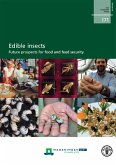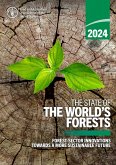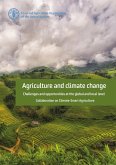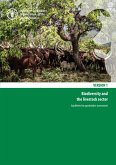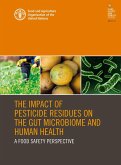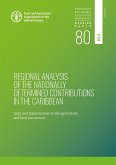While insect consumption by humans or entomophagy has been traditionally practiced in various countries over generations and represents a common dietary component of various animal species (birds, fish, mammals), farming of insects for human food and animal feed is relatively recent. Production of this 'mini-livestock' brings with it several potential benefits and challenges. The objective of this document is to provide the reader with an overview of the various food safety issues that could be associated with edible insects. The intended audiences of this publication are food safety professionals, policymakers, researchers, insect producers as well as consumers. The regulatory frameworks that govern production, trade and consumption of insects in various regions are discussed. The document ends with elucidating some other major challenges, such as consumer acceptance and scaling up production, that the edible insect industry would need to overcome to have a more global reach.
Dieser Download kann aus rechtlichen Gründen nur mit Rechnungsadresse in A, B, CY, CZ, D, DK, EW, E, FIN, F, GR, H, IRL, I, LT, L, LR, M, NL, PL, P, R, S, SLO, SK ausgeliefert werden.

